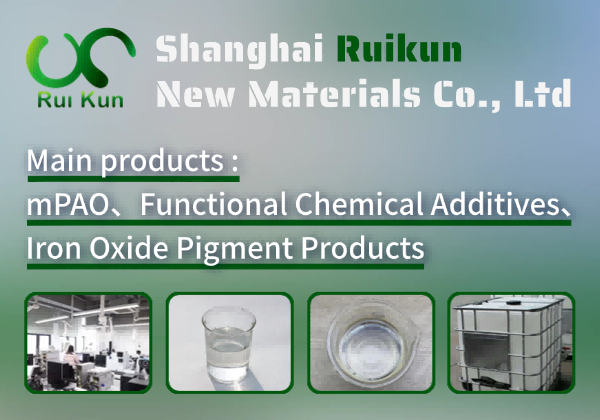What is carbon
**Introduction to Product Carbon** Product Carbon is a cutting-edge solution designed to help businesses measure, manage, and reduce the carbon footprint of their products throughout their lifecycle. In an era where sustainability is a critical focus, Product Carbon empowers companies to make data-driven decisions by providing accurate carbon emissions data at every stage—from raw material sourcing to manufacturing, distribution, and end-of-life disposal. By integrating advanced analytics and industry-specific insights, Product Carbon enables organizations to identify emission hotspots, implement sustainable practices, and achieve their climate goals. Whether you're a manufacturer, retailer, or service provider, Product Carbon is your partner in building a greener future while maintaining operational efficiency and meeting consumer demand for eco-conscious products.
Preparation Process: To prepare pure carbon, several methods can be used: 1. **Pyrolysis**: Heat organic materials (e.g., wood, coal) in an oxygen-free environment to produce charcoal or carbon black. 2. **Chemical Vapor Deposition (CVD)**: Decompose hydrocarbons (e.g., methane) at high temperatures to form graphene or carbon nanotubes. 3. **Graphitization**: Heat amorphous carbon (e.g., coke) to ~3000°C to convert it into crystalline graphite. 4. **Combustion**: Incomplete burning of hydrocarbons yields carbon soot. 5. **Synthetic Diamond Production**: Apply high pressure and temperature to graphite in the presence of a catalyst. Each method yields different carbon allotropes.
Usage Scenarios: Carbon is a versatile element with numerous applications. In its pure forms, diamond is used in cutting tools and jewelry, while graphite serves as a lubricant and in pencils. Carbon fibers reinforce lightweight, high-strength materials in aerospace and sports equipment. Activated carbon filters pollutants in water and air purification. Carbon black strengthens tires and pigments inks. Organic compounds, like hydrocarbons, fuel vehicles and power plants. Carbon dioxide is used in beverages, fire extinguishers, and greenhouses. Carbon nanotubes enhance electronics and nanotechnology. In medicine, carbon isotopes aid in radiocarbon dating and imaging. Carbon’s role in polymers, plastics, and rubber is vital for manufacturing. It also forms the backbone of biological molecules like DNA and proteins.
carbon Basic Info
carbon Price
2. China: $400 - $1,200 per metric ton
3. Russia: $300 - $1,000 per metric ton
4. Germany: $600 - $1,600 per metric ton
5. India: $350 - $1,100 per metric ton
6. Japan: $700 - $1,800 per metric ton
7. Brazil: $400 - $1,300 per metric ton
8. South Korea: $600 - $1,700 per metric ton
9. Philippines: No results
10. United Kingdom: $650 - $1,700 per metric ton
11. France: $600 - $1,600 per metric ton
12. Mexico: $450 - $1,400 per metric ton
13. Canada: $500 - $1,500 per metric ton
14. South Africa: $300 - $1,000 per metric ton
15. Egypt: No results
16. Turkey: $400 - $1,200 per metric ton
17. Thailand: $350 - $1,100 per metric ton
18. Indonesia: $300 - $1,000 per metric ton
*Note: Prices are approximate and can vary based on market conditions, quality, and form of carbon (e.g., carbon black, activated carbon, etc.).*



